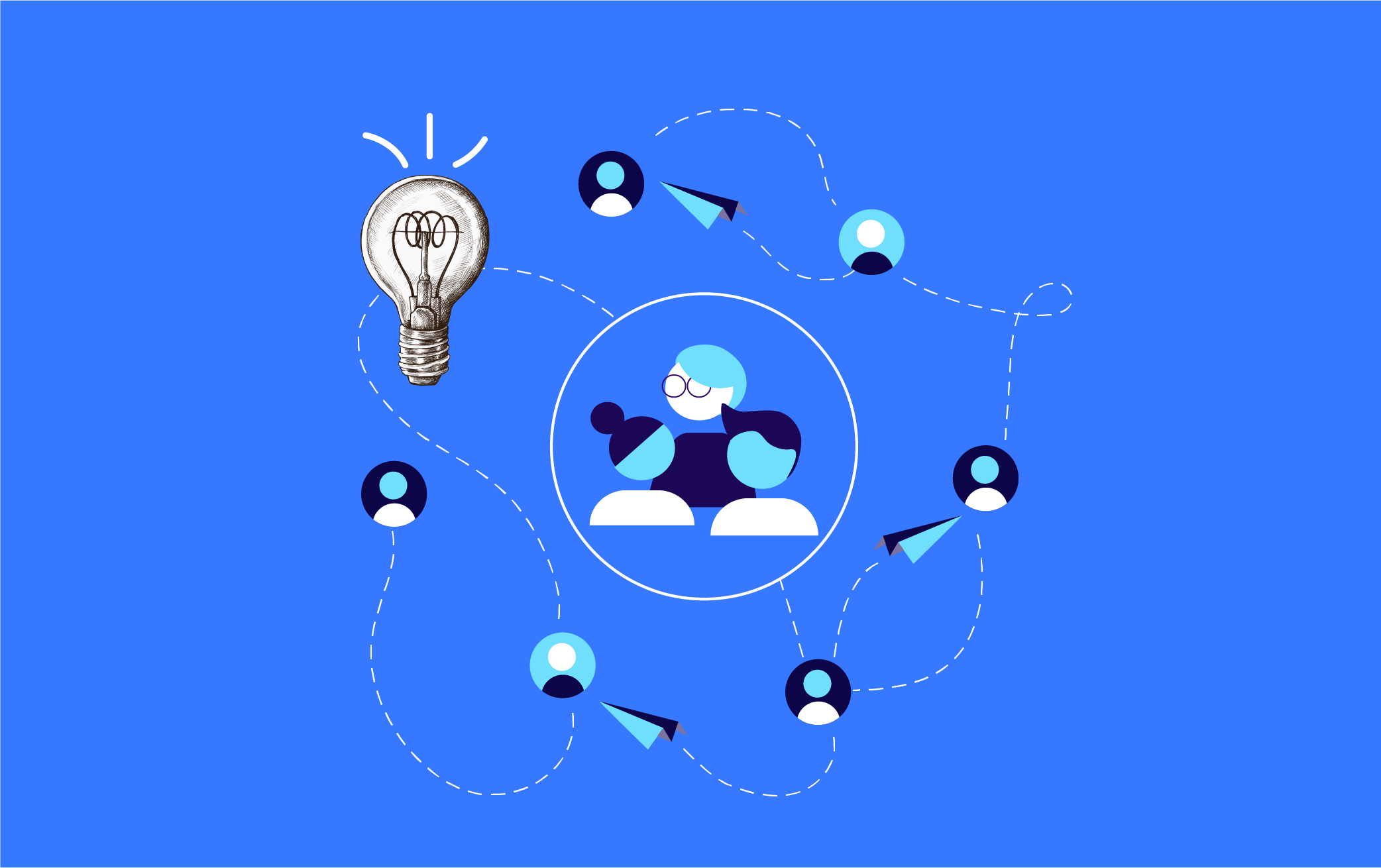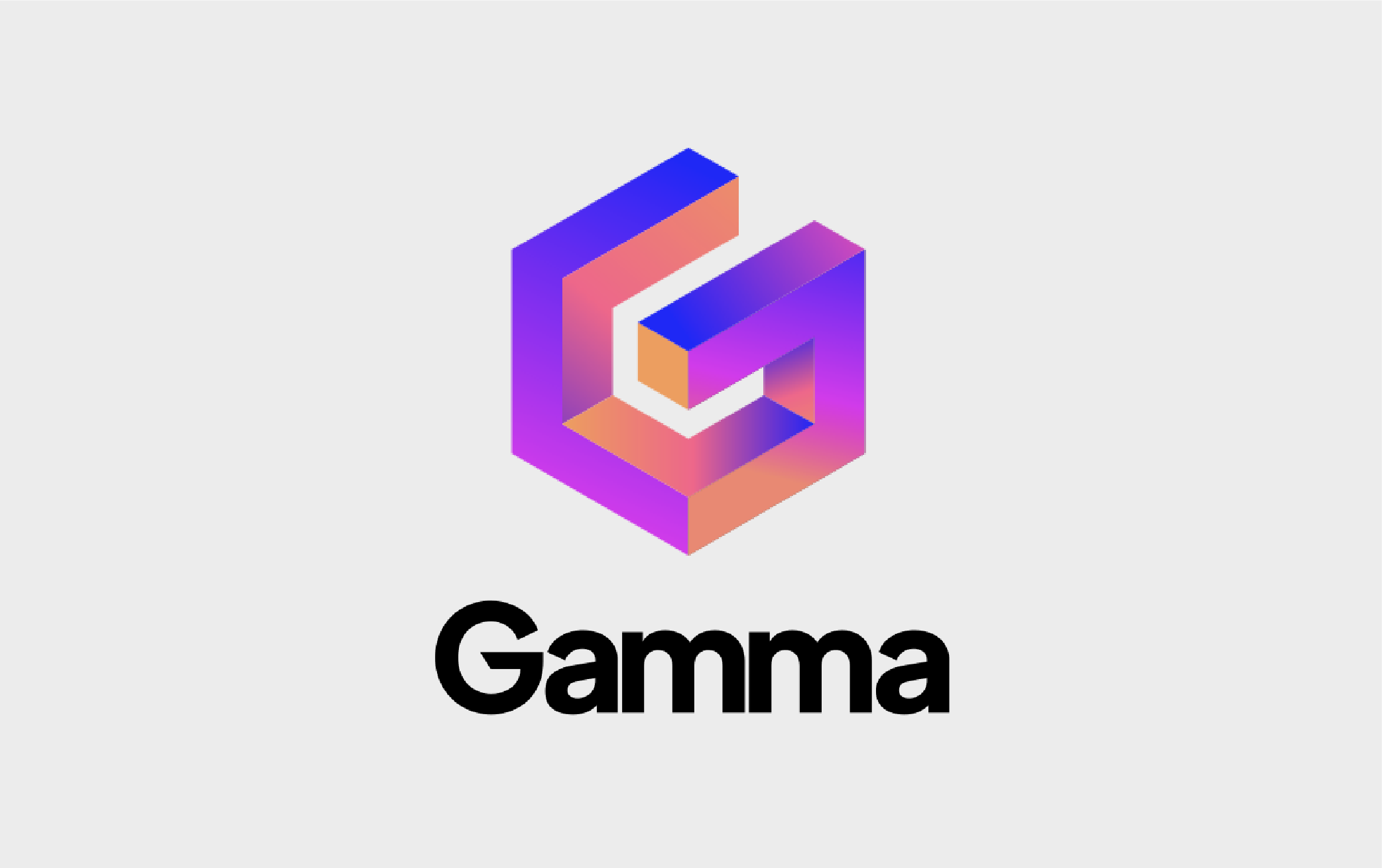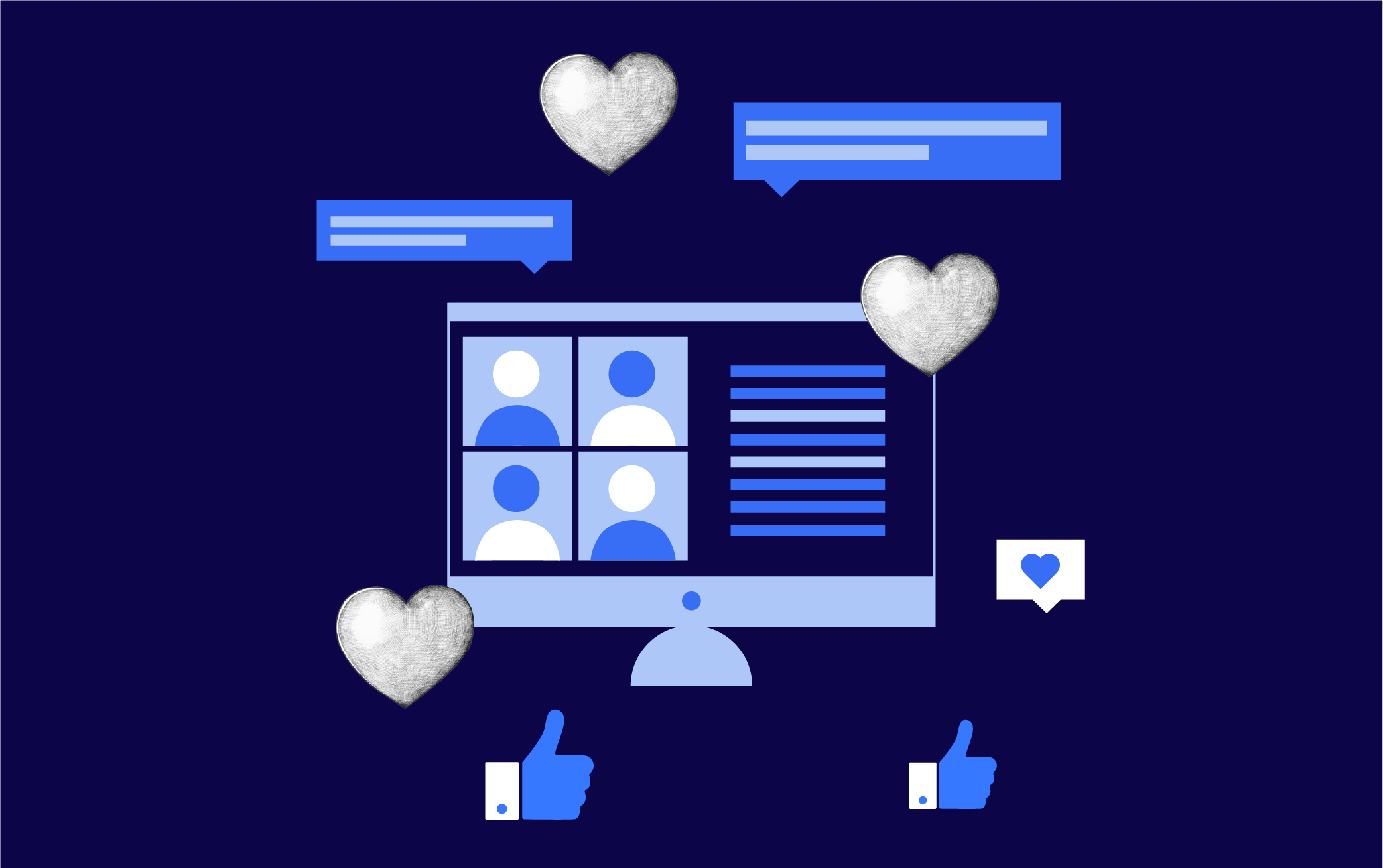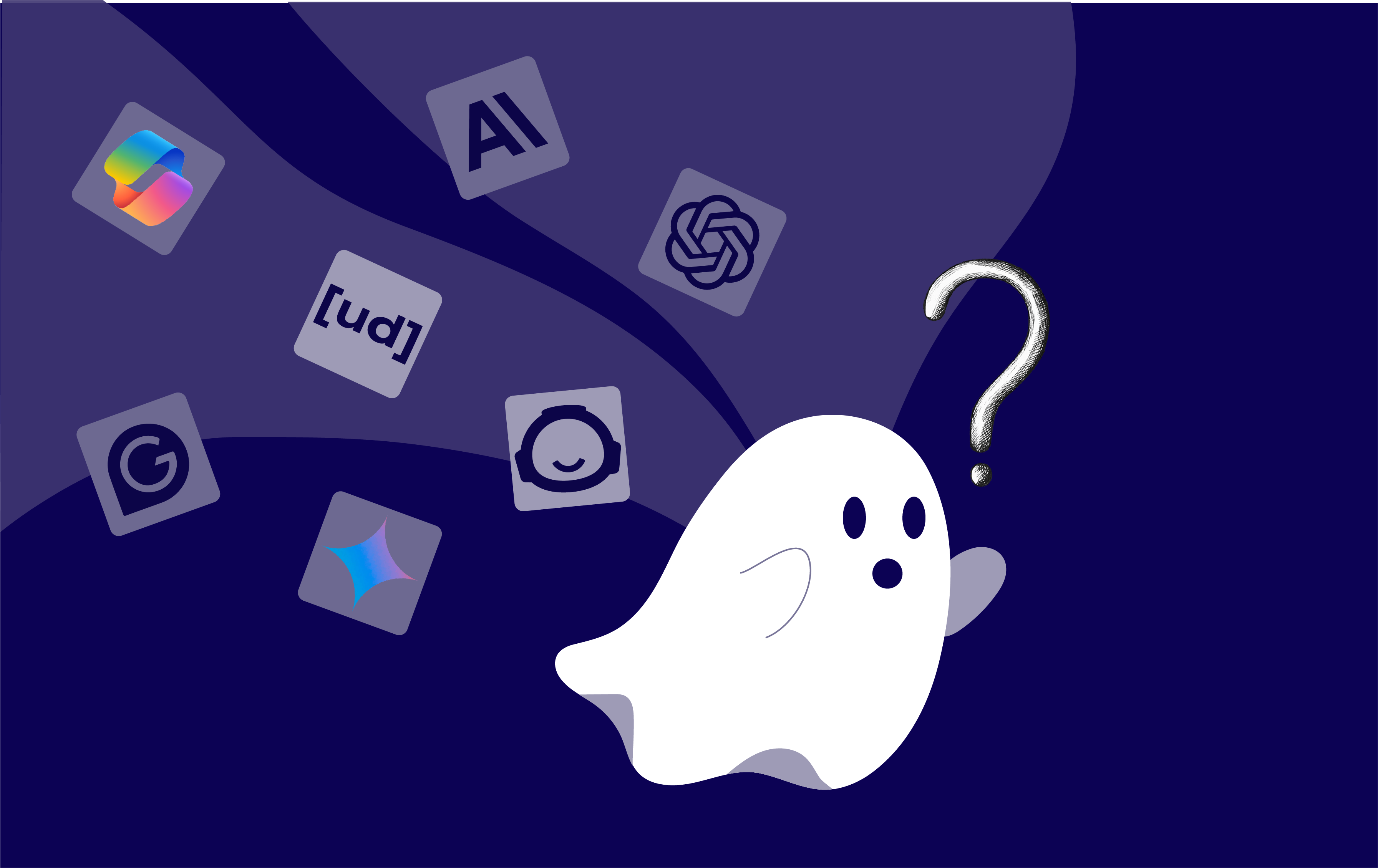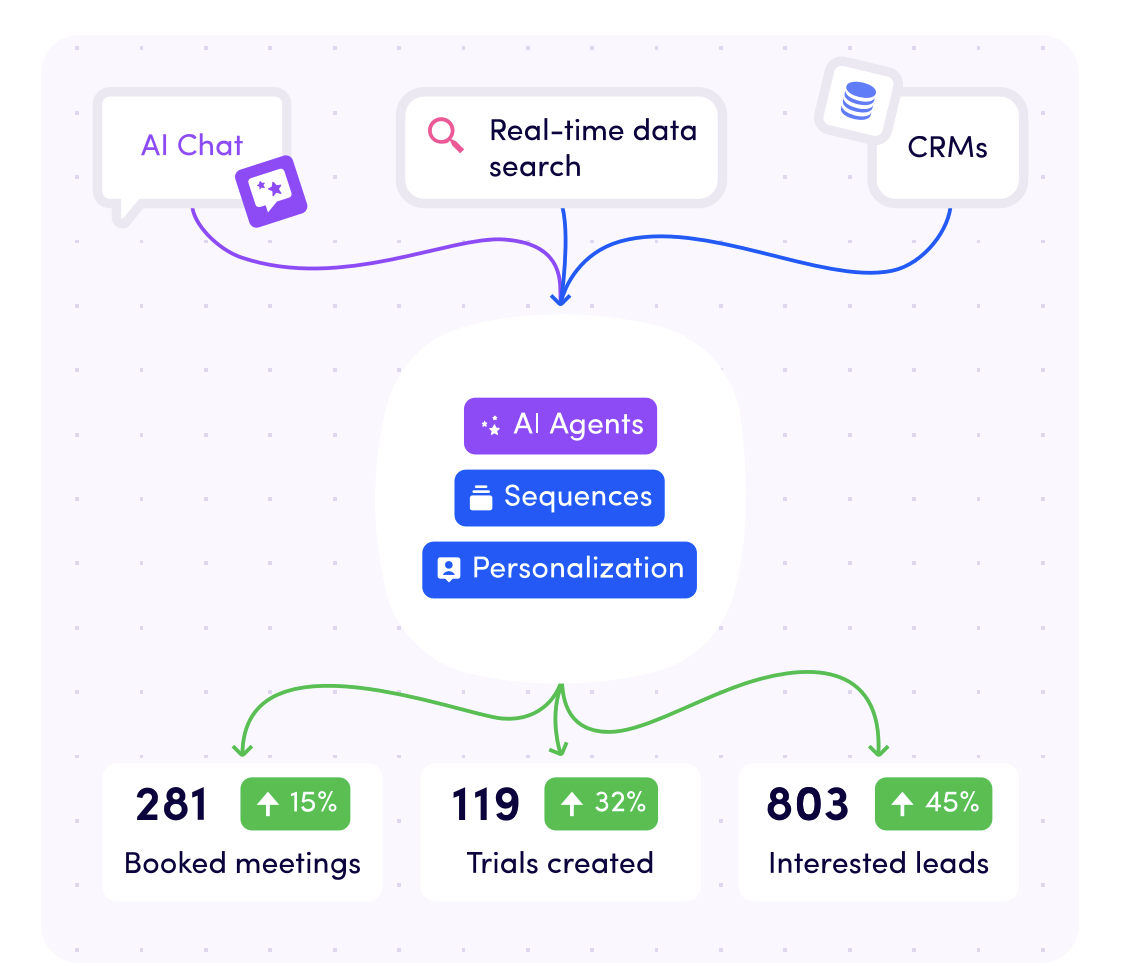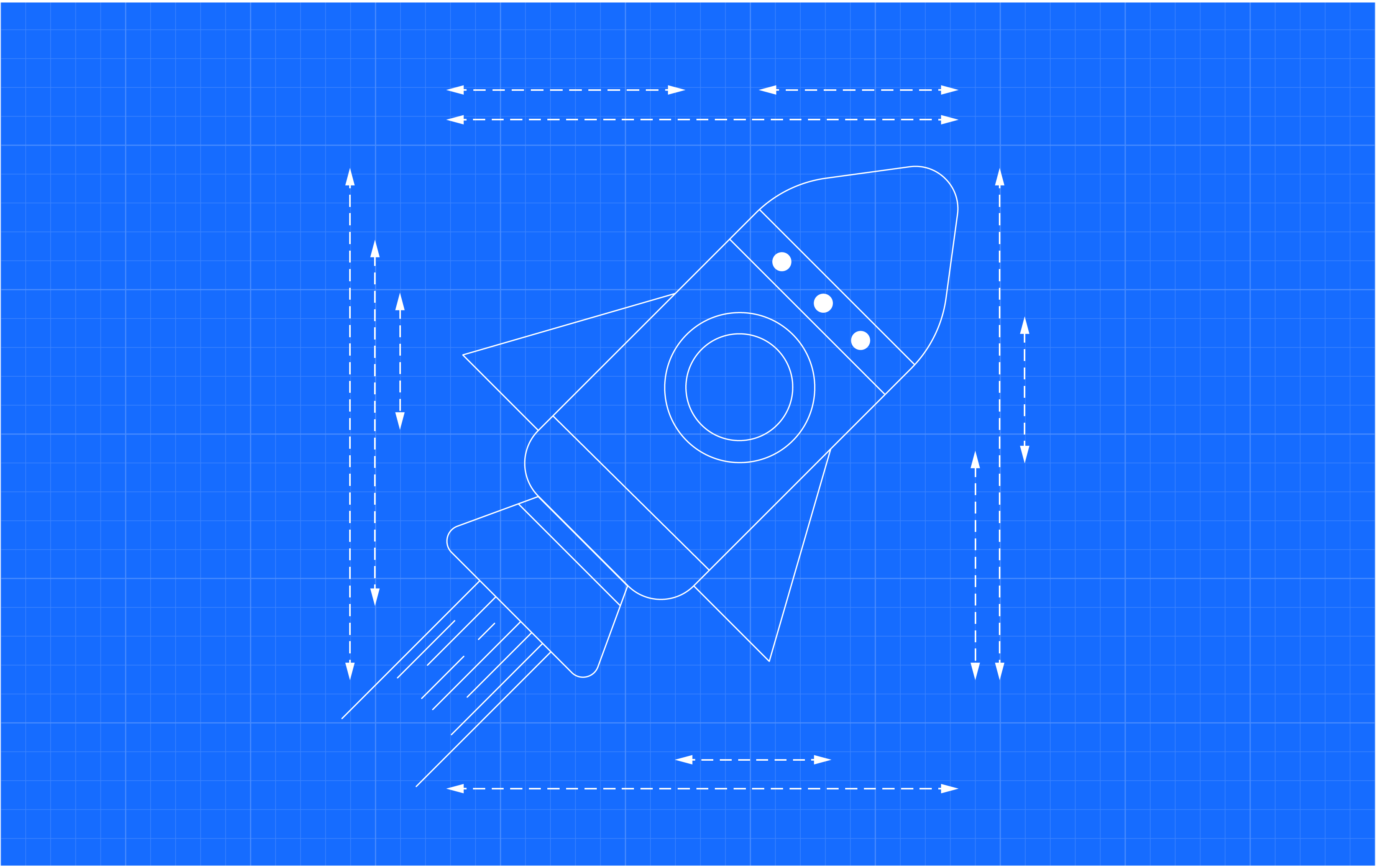The Most In-Demand Design Thinking Roles: A Guide to the Best Career Paths

The power balance between brands and consumers has shifted in favour of the consumer in recent years. People expect more from brands. They want to feel heard, valued and understood.
Organisations of all sizes agree that customer experience is most important. This includes the perception customers have of your brand through interactions.
This is where design, and by extension design-thinking, come in. Designers must create products and services that make their users delighted. Design thinking can help professionals understand customers more deeply. This allows them to solve problems in a user-focused, solution-based way.
In this article, we’ll break down some of the most common design thinking roles currently in demand.
What you'll find:
1. What is Design Thinking
2. The most requested roles
i. User Experience (UX) Designer
ii. UI Designer
iii. Digital Designer
iv. Product Designer
vii. Digital Marketing Specialist
3. What Design Thinking Roles Have in Common
4. Hiring Trends
ii. Higher education degree: do you really need it?
What is Design Thinking?
As we mentioned earlier, design thinking is both an ideology and a methodology. Design thinking promotes the use of empathy to gain an intimate understanding of our customers, learning their needs, desires and biggest pain points.
Its methods are used in many different industries and roles.
It’s fair to say that design thinking ‘roles’ exist virtually everywhere, from cashier jobs to nursing and project management.
For the purposes of this article, we’ll stick to design-related fields that natively incorporate design thinking principles into the roles.
Through research, ideation, prototyping and testing experiments, design thinking allows us to find complex solutions to tricky problems. It's a 5-stage process, similar to other product development frameworks. However, it differs in its emphasis on human centricity over and above anything else.
The Most In-Demand Design Thinking Roles
UX Designer
Perhaps the most popular design thinking role is that of a UX designer. UX design (user experience design) refers to the process of making a customer experience without barriers, frustration or confusion.
Think about how you might browse a website, where you would naturally click to find information on the page, and how the content would be laid in a particular way that’s intuitive. UX design also applies to physical products that we can touch and feel, trying to make the customer experience pleasurable and enjoyable.
UX designers achieve this using a design process that involves user research, ideation, creating wireframes and prototypes and running tests. See the similarity to design thinking? Because the focus is on the user experience and how to maximise it, UX is a notable design thinking role and one that benefits from design thinking’s principles and methods.
Salary
- United States - $110,392
- United Kingdom - £53,356
- Germany - €51,951
- Netherlands - €44,532
- Australia - $92,500

UI Designer
Although very similar to UX design (and often used interchangeably), UI design (user interface design) is the Ying to UX’s Yang.
UI Designers are responsible for adding all of the visual elements to a digital screen or interface.
This encompasses elements like colour, typography, buttons, animations, menus and so on. Much like UX design which is focused on the overall user journey, UI design refers to making the customer journey feel great at each stage.
UI designers are heavily involved in the design process too, which makes it another perfect fit as a design thinking role. They’ll engage in conducting user and competitor research, brainstorm ideas, get involved in developing wireframes or animations and collaborate with developers, marketers and other professionals.
Salary
- United States - $98,795
- United Kingdom - £51,716
- Germany - €49,522
- Netherlands - €38,784
- Australia - $81,118
Digital Designer
Digital design combines technology and design to create digital media solutions.
Digital designers often work under different titles, such as web designer, app designer, UX/UI designer, product designer, and graphic designer. But this role can also exist independently, especially for freelancers or consultants.
Digital designers are expected to have demonstrable knowledge of some fundamental design areas such as design principles, layout and navigation, design software tools and HTML or CSS.
As digital design ultimately is concerned with finding solutions to online problems centred around user experience, it’s a prime field to flex your design thinking skills.
Salary
- United States - $67,987
- United Kingdom - £34,056
- Germany - €45,000
- Netherlands - €34,488
- Australia - $73,060
Product Designer
Product designers are responsible for quite a few things! Your main goal is to create a satisfactory user experience that aligns with business goals and directives from product management.
Product designers are involved in both the visual aspect of design and the development process. This includes the use of prototypes, wireframes, mockups, and mapping user journeys.
This is a broad design thinking role as it combines technical knowledge such as information architecture and development with creative elements such as visual design and customer experience.
You’ll use these skills to come up with solutions in the development stages and throughout the overall design process.
Product designers are increasingly in demand as companies embrace the immense value they bring to product development cycles and in return on investment. This has created numerous job opportunities.
Salary
- United States - $108,004
- United Kingdom - £46,699
- Germany - €56,901
- Netherlands - €65,000
- Australia - $100,000
Motion Graphics Designer
Motion graphics designers are responsible for creating animated artwork, both 2D and 3D, that can be used across a wide variety of channels, including television, social media, apps and video games, advertisements and really anywhere that visual animation is used to connect with audiences.
You’ll take concepts and make them a reality using a suite of software tools including Adobe Photoshop, InDesign and Illustrator, among others.
Motion graphics is another example of how implementing design thinking principles and creative thinking leads to better problem-solving and better solutions for clients.
Salary
- United States - $68,174
- United Kingdom - £35,359
- Germany - €50,000
- Netherlands - €35,592
- Australia - $75,000
Service Designer
Service design is a two-fold approach. Firstly, it optimises an organisation's internal processes. This includes planning and organising resources, budgets, products, people and processes. The goal is to improve employees' satisfaction and experience.
And secondly, as a result of the internal optimisation of a company, the customer experience is indirectly enhanced.
Service design is kind of like customer experience in reverse. The focus is not solely on improving the customer journey.
Rather, the goal is to make internal processes and associated factors as perfect as possible.
This will have a positive effect on the customer experience. Service design is problem-solving at the highest level and a match made in heaven for design thinking methodologies.
Salary
- United States - $85,954
- United Kingdom - £46,363
- Germany - €53,946
- Netherlands - €53,950
- Australia - $109,000
Digital Marketing Specialist
Although digital marketers are not technically designers, they frequently utilise design thinking principles in their everyday job roles.
Digital marketing focuses on creating campaigns that are tailored to customers. These campaigns are distributed through various online channels, such as social media, email marketing, websites, ads, blogs, and more.
Crafting an effective campaign requires design thinking roles. This includes conducting market and user research, building personas, and creating visual and written marketing content. Additionally, experimenting with different mediums and formats helps to get the desired results.
It’s an iterative process whereby marketers run multiple ‘tests’ to find winning formulas and, much like design, it’s also inherently user-centric.
Salary
- United States - $91,910
- United Kingdom - £48,749
- Germany - €54,834
- Netherlands - €46,762
- Australia - $77,500
What Design Thinking Roles Have in Common
Professions that embody design thinking principles are drivers of growth, innovation and organisational success.
Design thinking roles vary in terms of experience and specific skillsets. However, many of them involve similar tasks and responsibilities. Examples of these include:
- Defining client and customer problems
- Conducting user research methods to unlock deep pain points
- Drafting plans, roadmaps, problem statements and other high-level documents
- Experimenting to find solutions
- Using data to iterate and refine processes, products and services
Notable Trends in Design Thinking Roles
Technology evolves and with it, so does the consumer landscape. Companies crave the competitive edge and relevancy, continually looking for new opportunities or how to perfect existing products and processes that delight customers.
Design is a major factor in achieving success. We can gain insight into how the industry is evolving by reviewing current hiring trends.
Crying out for creatives
If you take social media as an example, trends move at blistering speed. A viral video is the talk of the internet one week but is quickly usurped the next. Nothing sticks around for too long and companies know this.
That’s why we see a trend in companies paying more and increasing demand for designers and creators.
This is to help meet objectives and create assets that follow current trends to help turn around objectives and assets in line with current trends. The same applies to graphic and motion designers, data analysts, UX designers and a host of other creative roles.
Less reliance on higher education
It’s pretty much a well-established fact of life that owning a degree is the surest way into the job market or a specialist field.
While this is still somewhat true (you can’t become a lawyer or doctor by taking a two-week course online) there are dozens of design thinking roles and creative professions where the employer values what you can show them over what you apparently know.
Having a strong portfolio that showcases your talent and demonstrable knowledge is often far more useful than relying on a degree. And with so many ways to learn now, through boot camps, short courses, workshops etc there you have almost limitless resources at your disposal to break into a new career.
Final Thoughts
No matter which industry you gravitate towards, design thinking principles and methods will give you an upper hand.
Organisations truly see the value in approaching problems from a user-centric perspective as they look to innovate and dominate their respective fields.
If you’d like to learn more about design thinking and how it can be applied to your future, check out our Design Thinking Certificate here.
FAQs
1. What are the 5 stages of the design thinking process?
Find out about the 5 stages in this video!
2. What tools are associated with design thinking?
Each phase of design thinking has its own tool. Here we'll provide you with 3 tools that you can use for the entire Design Thinking process: InVision, Mural, Miro.
Become a Design Thinking Specialist for FREE*
Master the fundamentals of design thinking as you learn about:
-
Build the future through customer-centricity
-
How to identify opportunities for innovation
-
How empathy with your customers can lead your business to success.
-
Build great user experiences (UX)
-
How to use feedback to improve user experience.
-
Hot to build exceptional customer journeys
See the full course overview here.
Learning with Growth Tribe couldn’t be easier. All of our courses are designed to be flexible for the learner with self-paced content so you can manage your time and learning, to best suit your lifestyle.
Join a community of over 25,000 certified alumni who share a passion for growing their skills and positively impacting their careers.
*Are you eligible for STAP?
The staff training assistance programme or STAP offers up to €1000 in funding to get fully certified for in-demand skills such as Digital Marketing, Business & Data Analytics, UX Design and Project Management.
To be eligible all you need is:
-
To be a Dutch citizen with a BSN number
-
Are aged between 18-67
-
Have earned Dutch income for at least 6 months
For more details on how to apply, click here
Categories
- Business & Innovation (83)
- Growth & Marketing (72)
- Artificial Intelligence (52)
- Data & Analytics (16)
- Case studies (10)
- Project Management (10)
Related articles
Learn more about design


Learn the basics of design thinking. Start using design principles to drive innovation and inform decision-making at all levels.
View certificate
Learn more about design


Learn the basics of design thinking. Start using design principles to drive innovation and inform decision-making at all levels.
View certificateLatest articles
ChatGPT Search Unveiled: Should You Make The Switch Now?
Picture this: You’re no longer just “searching” the web—you’re...
Shadow AI Explained: How to Harness Hidden AI Without the Risks
Picture this: your team is under pressure to deliver results—fast....
The 33 best AI tools for commercial teams
The tools are split into 2 categories The best AI tools for your...
B2B Growth Blueprint: How to Drive Sales and Build Strong Partnerships
In today’s fast-paced world, B2B companies are like ships...




